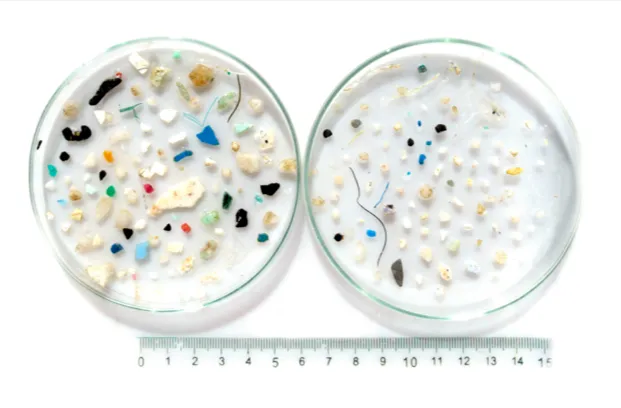The plastic
mystery
The plastic
mystery

Identify and understand:
close-up on
microplastics

Samples of microplastics are collected using manta nets with different mesh sizes towed on the water’s surface and to a depth of 50 meters.

Sample from a 60 cm wide manta net dragged along the distance of a football field, in the heart of the North Pacific “continent of plastic.”
Marine biologists, ecotoxicologists, oceanographers, modelers, chemists and physicists constitute an interdisciplinary team currently sailing the major rivers of Europe to:
-
Identify sources of pollution, understand their fragmentation in the rivers, and predict their dispersion in the Ocean
-
Understand the impacts on biodiversity and the toxicity of microplastics on organisms. Samples are being harvested in the land-sea continuum where freshwater meets salt water: in rivers and estuaries; in the sea on the four European maritime facades: the North Sea, Baltic Sea, Atlantic coast and Mediterranean Sea.




From Ocean to land,
Tara leads the investigation
How are samples taken from the ocean and rivers?

